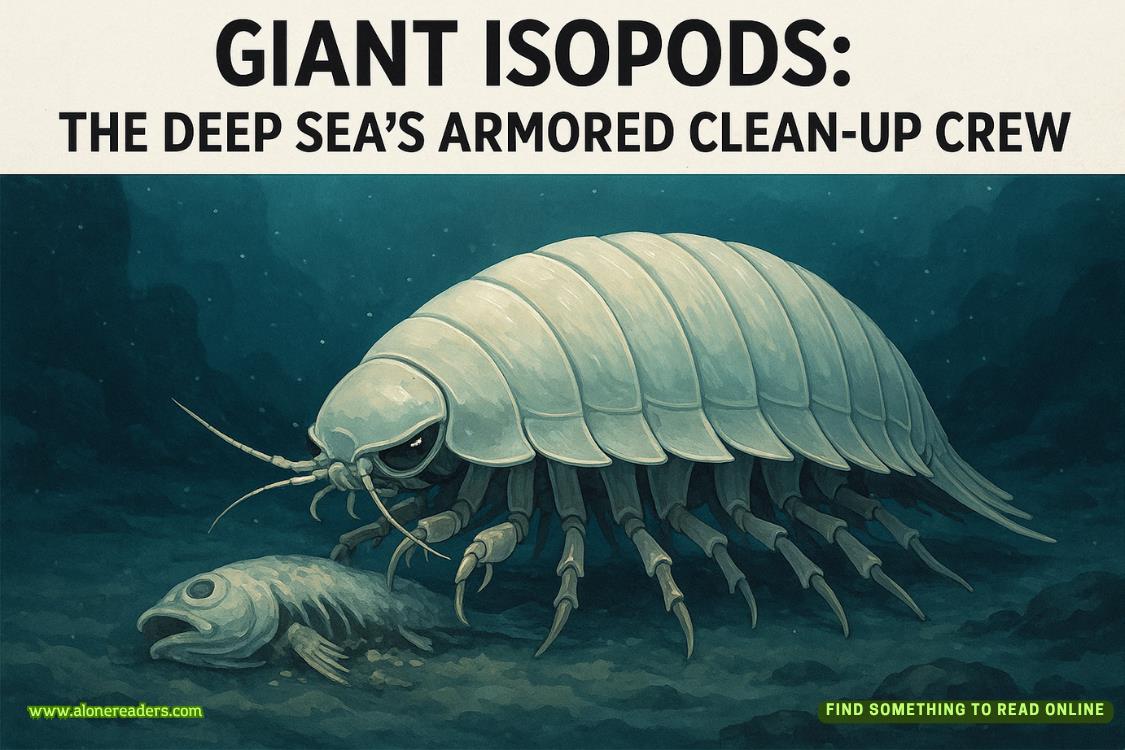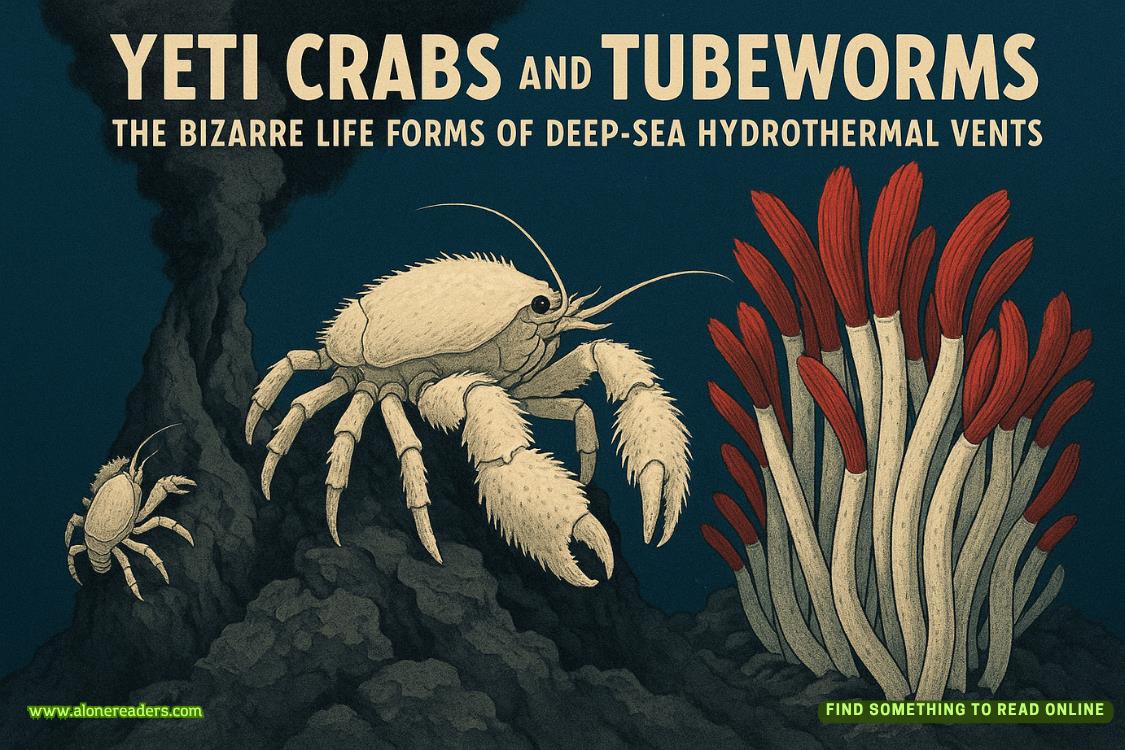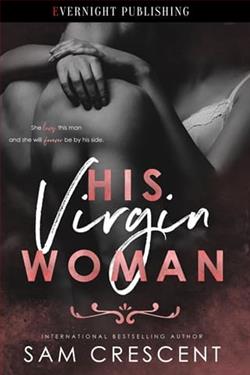Page 5 of Pumpkin Patch Peril
“What? I got rid of the bee lady, didn’t I? And now we know about Tom Knowles’ problems with Brenda’s run off.” Ida looked pleased with herself. “Two birds, one stone. Or in this case, two suspects, one environmental activist.”
“Two suspects?” Helen asked.
“Laura Jenkins and Tom Knowles,” Ida counted on her fingers. “Both with grudges against Brenda. Both with access to information about her farming practices.” She paused thoughtfully. “Though I have to say, Laura doesn’t look strong enough to move a pumpkin that weighs more than she does.”
Ruth finally managed to unlock the Oldsmobile and opened the driver’s door, which creaked like the soundtrack to a horror movie. “Well, we’d better get back to your place, Mona. Sounds like we’ve got more suspects than we thought.”
CHAPTER THREE
The Brook Ridge Falls Retirement Center buzzed with its usual mid-morning activity as the four ladies made their way down the carpeted hallway. Somewhere behind closed doors, a television game show blared at maximum volume, while the faint aroma of overcooked vegetables drifted from the communal kitchen.
“Hold the elevator!” Ruth called, moving with surprising speed for someone who’d just committed vehicular flower-slaughter.
Ida shoved her arm into the door to prevent it from closing. “Got it! And I’ve still got the pastry box, so nobody panic.”
The elevator ride to the third floor was mercifully brief, though Mona noticed Helen examining her reflection in the polished metal doors with the critical eye of someone who’d spent decades in front of newspaper cameras.
“My hair looks like I’ve been through a wind tunnel,” Helen muttered, patting at her silver waves.
“That’s what happens when you ride in Ruth’s car with the windows down,” Ida pointed out cheerfully. “Good thing we didn’t hit any actual wind.”
Mona’s apartment welcomed them with the familiar comfort of floral wallpaper, overstuffed furniture, and the lingering scent of the vanilla candles she favored. The mahogany dining table dominated the center of the room, its polished surface reflecting the morning light streaming through lace curtains.
“Right,” Mona announced, heading straight for the kitchen. “First things first—coffee. Ruth, you get the whiteboard from the spare room. Helen, the good china for the pastries. Ida...”
“I’ll supervise,” Ida said, settling herself at the mahogany table and immediately opening the bakery box. “Someone needs to make sure these don’t go stale while you’re all busy.”
She pulled out her small spiral notebook and spread it beside the pastry box, flipping to a fresh page covered with more bingo charts. “And I can work on my frequency analysis while I supervise.”
“Try to leave some for the rest of us,” Helen called from the kitchen, where she was retrieving Mona’s delicate china teacups—the ones with tiny roses that had been a wedding gift forty-seven years ago.
Ruth disappeared into the spare room, and the sounds of furniture being moved suggested she was wrestling the whiteboard from its storage spot behind the guest bed. The whiteboard had been Mona’s investment in their detective work, a six-foot-wide mobile unit with markers, erasers, and enough surface area to organize the most complex case.
“Got it!” Ruth emerged backwards through the doorway, pulling the whiteboard on its wheeled stand. The thing had character—a few permanent stains from previous cases, wheels that squeaked like mice in distress, and a surface that had seen everything from murder investigations to Ida’s attempts at solving crossword puzzles in permanent marker.
The coffee maker gurgled to life in the kitchen, filling the apartment with the rich aroma that signaled serious businesswas about to begin. Mona returned with a steaming pot, and Helen arranged the delicate teacups around the mahogany table—each one a work of art with hand-painted roses and gold-rimmed edges that caught the light.
Meanwhile, Ida had arranged her bingo notebook alongside the investigation materials, muttering about “caller tendencies” and “optimal card positioning” while making neat tick marks in her charts.
“All right, ladies,” Mona said, positioning herself in front of the whiteboard with a red marker in hand. “Let’s see what we’ve got so far.”
She drew three columns across the top of the board in neat block letters: Suspects, Motives, and Clues.
“First suspect,” she announced, writing “Laura Jenkins” in the left column. “Environmental activist with a grudge against Brenda’s pesticide use.”
“And she’s got the arms of a scarecrow,” Ida added around a mouthful of apple cider donut. “No way she could move a five hundred pound pumpkin by herself.”
“Maybe she had help,” Helen suggested, carefully lifting her delicate teacup. “Environmental groups stick together and can be very... enthusiastic about their causes.”
Mona wrote “Pesticide Opposition” under Motives and “Physically unlikely” under Clues. “Second suspect—Tom Knowles, the neighboring farmer. Pesticide runoff affecting his organic operation.”
“Now there’s someone with the equipment to move a giant pumpkin,” Ruth observed, consulting her iPad while balancing her rose-painted teacup. “I’m looking up his farm now... Knowles Organic Produce, established 1987, specializes in heirloom vegetables and chemical-free farming methods.”
“Motive and means,” Mona said, adding Tom’s information to the board. “What about opportunity?”
“Neighboring farm means he’d know Brenda’s routines,” Helen pointed out. “When she’s home, when she’s not, where she keeps her prize pumpkin...”
“Third suspect,” Mona continued, “Gertrude Hartwell. She’s trying to break Brenda’s five-year winning streak.”















